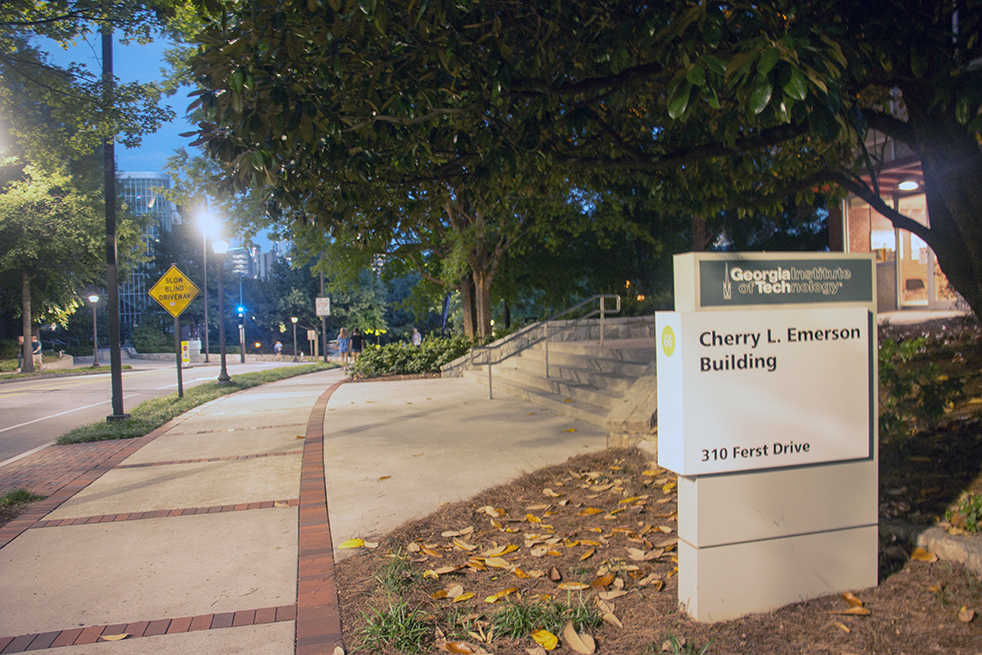Technological advances often involve exploiting nature for the benefit of humanity. While these advances certainly improve the quality of life for people around the world, there can be devastating environmental consequences that come with warring against nature in favor of technology.
With future sustainability on the line, researchers from Tech’s Center for Biologically Inspired Design (CBID) ask an important question: “Can nature and technology become allies instead of enemies?”
With this question in mind, these researchers work diligently to ensure that the answer to this question is “Yes.”
CBID is an interdisciplinary network of researchers who promote the practice of learning from nature and work with industrialist, students and other academic experts to develop new, useful and environmentally harmless technology.
“While scientific research and design is important, we also want to take this knowledge and create more benign technology that would improve our society and promote sustainable practices,” said Marc Weissburg, co-director of CBID and professor of biological sciences.
There are five major areas of research that CBID participates in: biomechanics and robotics, biomaterials, sensing systems, complex organized systems and biologically inspired design methodology and innovation. Researchers working in each area have produced many new methods and technologies that are both sustainable and biologically inspired.
One example of new biologically inspired invention comes from the biomechanics and robotics research sector.
These researchers have designed a robotic fish built from very flexible materials. Its software and hardware design allow it to mimic the thrust that real fish exhibit while swimming. This helps the robotic fish integrate with underwater life, which in turn allows researchers study underwater life in their natural habitat without disturbance.
Biologically inspired design can also be utilized to tackle more difficult challenges such as creating sturdier materials and building stronger structures.
“The way biology addresses how to build strong and unique structures is very different from how we as human scientists and engineers would address it,” Weissburg said. “For example, instead of adding more energy and other foreign particles to change material properties as we do, biology will simply reconfigure basic molecules to create these different properties.
“Let’s say we crush chalk, a very brittle substance, and put it in one hand then crush a seashell, a very resilient substance, and put it in another hand. If we ask someone to differentiate the two, that person will find no difference because they are both made from the same basic substance,” Weissburg said.
In addition to promoting biologically inspired design on a large-scale industrial and research level, the CBID also promotes visibility of this principle in the local student and faculty community on Tech campus.
They accomplish this by teaching both classroom courses and mentoring Tech students in design competitions.
Every fall semester Jeannette Yen, director of the CBID and professor of biological sciences, teaches a course titled Biologically Inspired Design. This course covers a multitude of subjects, including incorporating biological process into a wide societal context and taking inspiration from nature to create more options for designs when solving various real world engineering problems.
Members of the CBID also mentored a team of Tech students who competed in the Biomimicry Global Challenge earlier this summer. This challenge is an international design contest held by the Ray C. Anderson Foundation to fight climate change using nature-inspired inventions.
The Tech student team eventually took home one of the eight finalist spots out of over 60 teams from 16 countries and will compete for the Ray of Hope Prize.
In developing and promoting the idea of incorporating natural processes in engineer designs across academia and industry, CBID hopes to make a positive impact in terms of sustainable practices on both local and international society.
To learn more, visit cbid.gatech.edu.
